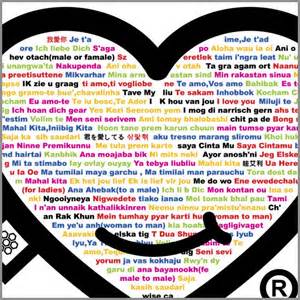Entities and relationships between entities are vital in the real world. Essentially, we understand the world by understanding entities and relations. For instance, to understand a field, e.g., computer science, we need to understand the relevant concepts, e.g., machine learning, and the relationships between concepts, e.g., machine learning and artificial intelligence. To understand a person, we should first know who he/she is and how he/she is related to others. To understand entities and relations, humans may refer to natural language descriptions. For instance, when learning a new scientific term, people usually start by reading its definition in dictionaries or encyclopedias. To know the relationship between two entities, humans tend to create a sentence to connect them. In this paper, we propose VER: A Unified Model for Verbalizing Entities and Relations. Specifically, we attempt to build a system that takes any entity or entity set as input and generates a sentence to represent entities and relations, named ``natural language representation''. Extensive experiments demonstrate that our model can generate high-quality sentences describing entities and entity relationships and facilitate various tasks on entities and relations, including definition modeling, relation modeling, and generative commonsense reasoning.
翻译:实体和实体之间的关系在现实世界中至关重要。基本上,我们通过理解实体和关系来理解世界。例如,为了理解一个领域,例如计算机科学,我们需要理解有关的概念,例如机器学习,以及概念之间的关系,例如机器学习和人工智能。为了了解一个人,我们首先应该知道他/她是谁,以及他/她与他人的关系如何。为了理解实体和关系,人类可以参考自然语言描述。例如,当学习一个新的科学术语时,人们通常从读到词典或百科全书中的定义开始。要了解两个实体之间的关系,人类往往会创建一句话来连接它们。在本文件中,我们提出了“VER:实体和关系相互调和统一模式”。具体地说,我们试图建立一个系统,将任何实体或实体作为投入,并生成一个句子来代表实体和关系,称为“自然语言代表”。广泛的实验表明,我们的模型可以产生高质量的句子来描述实体和实体的关系,并促进实体和实体和实体和关系的各种任务,包括模型定义和模型关系。



